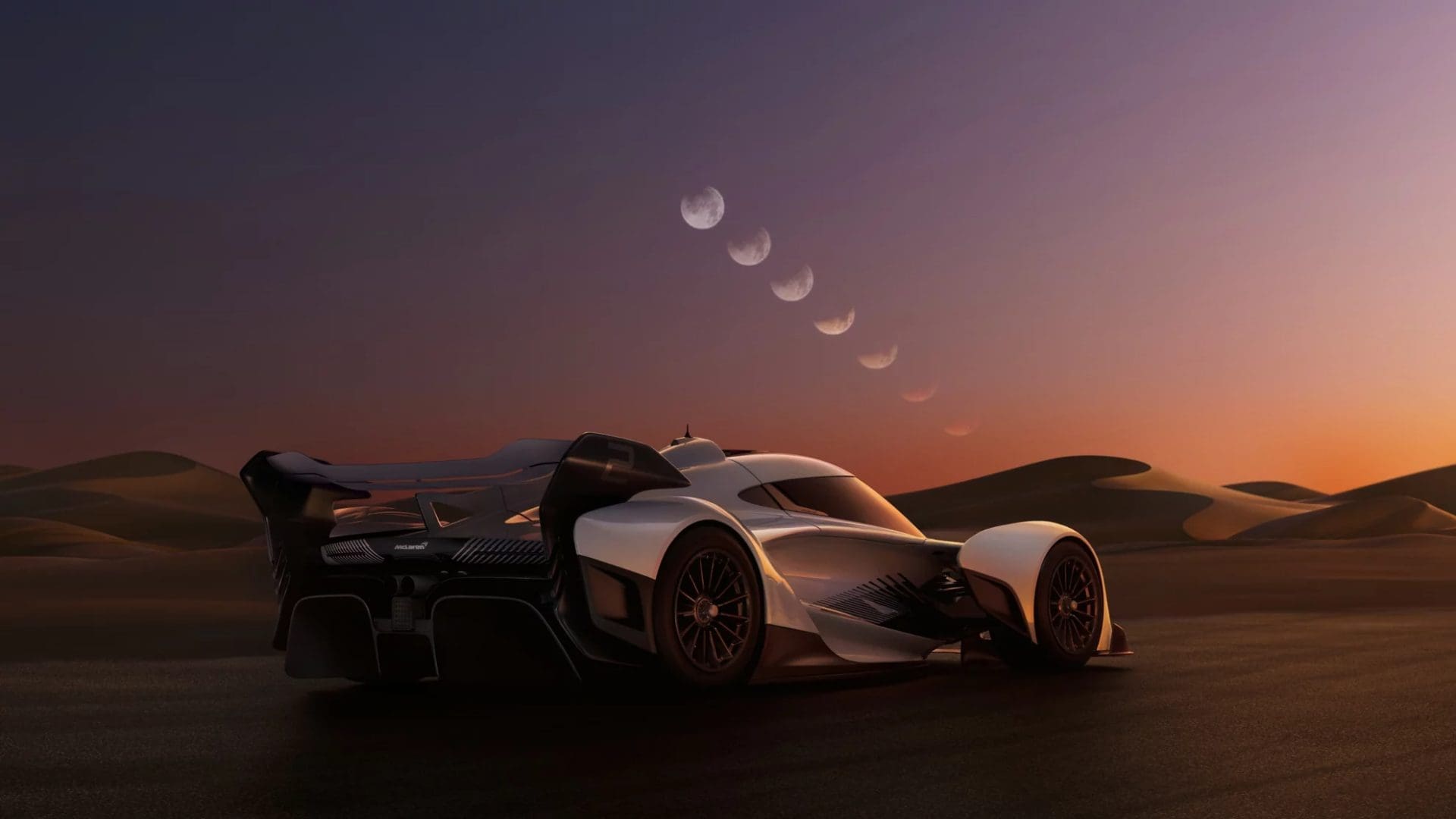The McLaren Solus GT: From Virtual to Reality
Ever seen a really cool vehicle in a racing game and wanted to drive it in real life? Obviously, the designers at McLaren Special Operations had because they have turned what was a radical McLaren concept vehicle originally created for the virtual racing world in Gran Turismo into a real-life track-only hypercar and there’s not a packet of nachos or an energy drink in sight.
The Solus GT is an engineering marvel that showcases the full range of McLaren’s experience and expertise across the highest levels of motorsport and supercar and hypercar development. And the fact that it is track only allowed McLaren to engineer the car free of any restrictions from road or race regulations.
The Solus GT is powered by a naturally-aspirated 618kW 5.2-litre V10 engine that revs to over 10,000 rpm. And with 829 horsepower, this car is capable of reaching 100 kph in 2.5 seconds or less. And with a weight of less than 1,000 kg and aerodynamic performance that includes downforce in excess of 1,200 kg, this car is capable of the fastest lap times of any McLaren outside of single-seater racing. And while that fixed rear wing has you sticking to the track like a magnet to a fridge, momentum is helped by a seven-speed sequential gearbox with straight-cut gears and a carbon fiber clutch. The engine and gearbox are both motorsport-derived and are stressed members of the chassis, providing a driving experience that is close to the engagement and sensation of driving a Formula 1 car.

One of the most striking features of the Solus GT is the sliding canopy above the single, central seat. This feature not only adds to the car’s futuristic look, but it also provides an unparalleled level of visibility for the driver. The car’s aerodynamic design is based on proven principles and McLaren’s “everything for a reason” design ethos, honed by additional CFD (Computational Fluid Dynamics) and wind-tunnel aerodynamic research. This has resulted in a car that is not only beautiful but also incredibly efficient in terms of airflow.
The car’s distinct external features are numerous, including the aerodynamic pods that shroud the wheels and the large front splitter that feeds air into ground-effect tunnels before exiting the car via a full diffuser. The car’s motorsport-inspired intake, integrated into the design of the roll hoop cover, not only feeds cold air into the engine, but it also provides a really cool induction sound – it’s the little things. The car’s side pods, which house the Solus GT’s radiators, are also a design highlight, inspired by race car design.
The Solus GT really is a stunning blend of form and function, and the fact that it was inspired by the virtual racing world, might hint at the future potential in terms of market testing development and even virtual test drives in physics engines. In any case, before we go too far down the future of virtual reality motoring we will just appreciate the one virtual fantasy that has become a reality.

